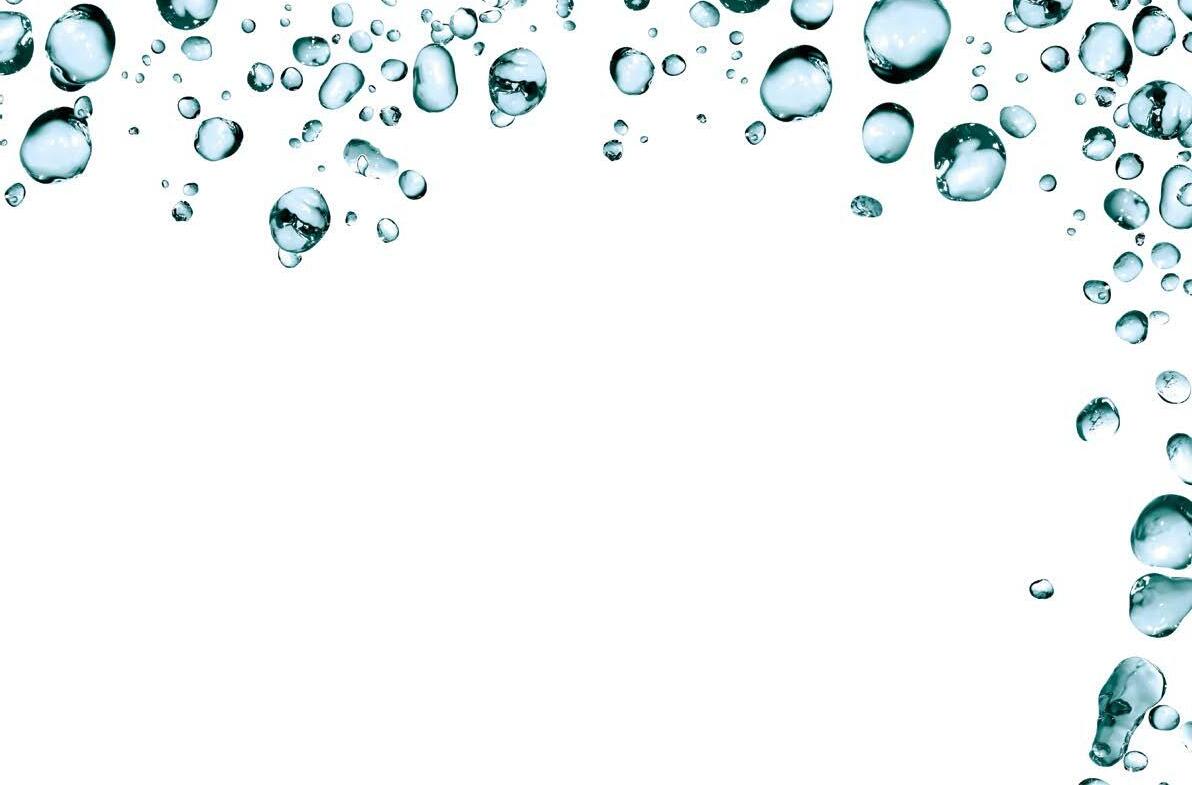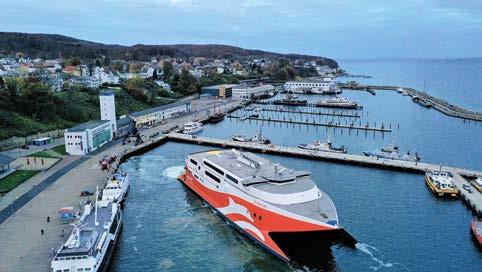
1 minute read
Skane Jet – High-speed to Sweden
of water per second flows through each impeller, whereby the water outlet direction remains constant. But hydraulically controlled sliding reverse flaps, so-called "buckets", redirect the enormous water flow. This means that the water jets are either used for propulsion or deflected in such a way that they push the jet backwards. Standstill is achieved by balancing forward and reverse forces.
Four powerful diesel engines and four water jet drives make it possible: FRS Baltic GmbH’s "Skane Jet" takes just 2 hours and 15 minutes to travel over 100 km from Sassnitz on Rügen to Ystad, Sweden. There is no faster ferry connection between the two countries!

The new season begins in spring 2021. The ship is already good to go, as the winter break was used intensively for maintenance work. This naturally included checking all lubricants with the help of OELCHECK.


Travelling on the Skane Jet is an experience. The catamaran is 91 m long and 26 m wide and races across the Baltic Sea at speeds of up to 35 knots (64.82 km/h). It carries up to 676 passengers and 210 vehicles. To pass the time on board, you can visit restaurants, a shop, learn about the destinations or feel the airstream outside on the open deck.
A waterjet-driven catamaran
A classic propeller, commonly referred to as a screw propeller, is nowhere to be seen at the stern of the Skane Jet. It uses the principle of water jet propulsion. Its high speeds are provided by four drive units with jet propulsion. Four impellers (jacketed propellers) suck in water under the hull and blast it out again via jets at the stern. 18.5 m3
The impellers are driven via transmissions manufactured specifically by Renk AG for marine applications. They are powered by Ruston 20RK 270M MII four-stroke, high-speed marine diesel engines with a combined power output of 40,000 HP. The pressure ratios on the blades of the impellers are approximately comparable to those of a pump. This means the vibrations are lower than with a conventional propeller ship propulsion, and the ride experience is calmer. However, the jet's hull must be adapted to accommodate the water drive. Vessels with jet propulsion can generally be built particularly flat and are very manoeuvrable, even when travelling slowly.





